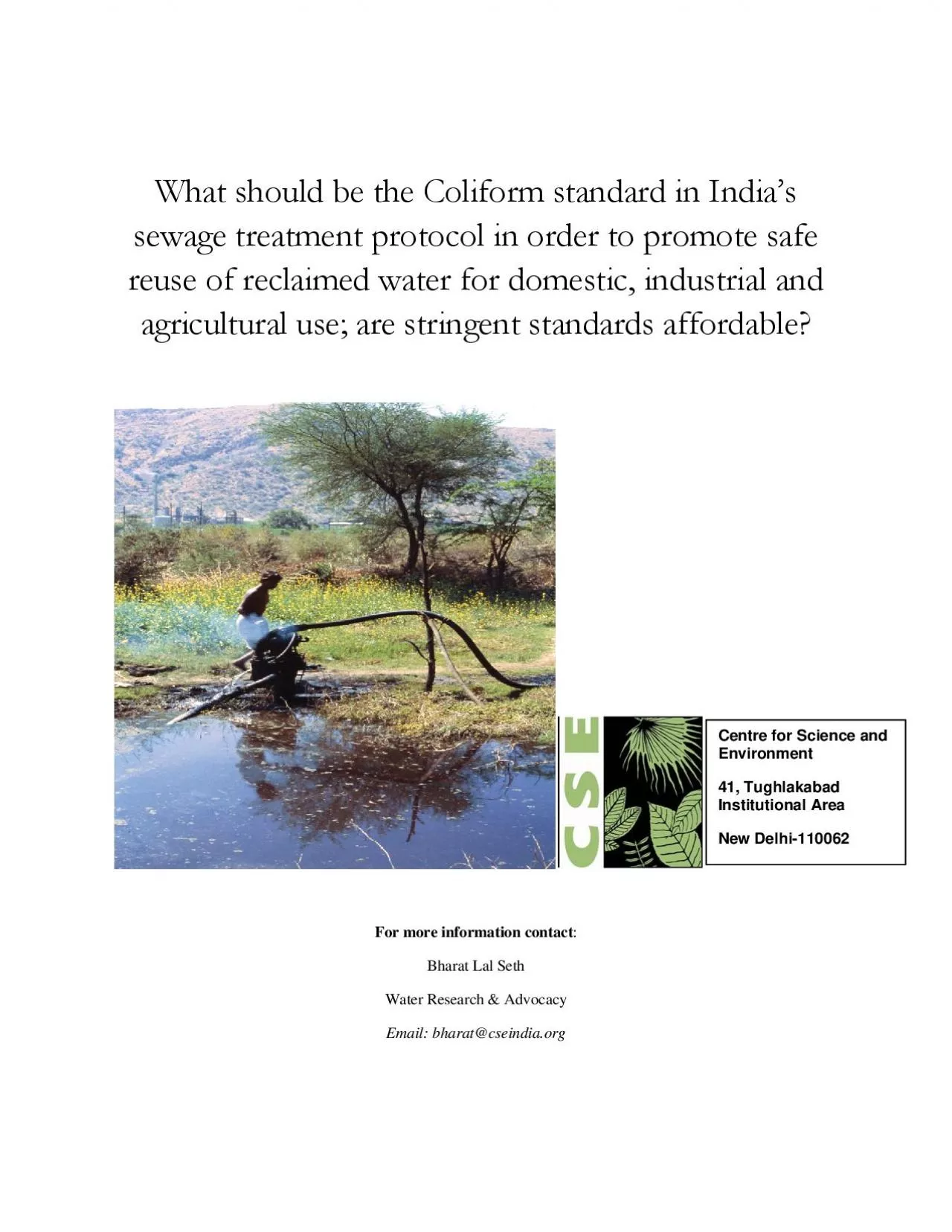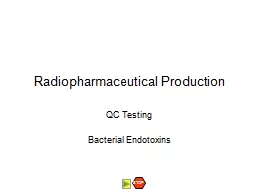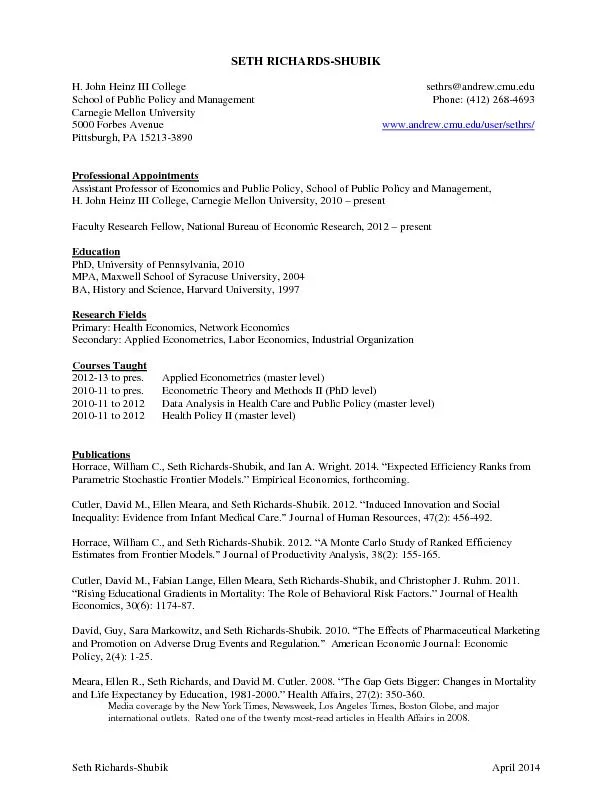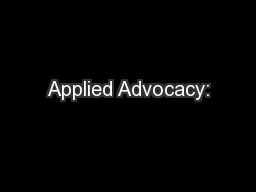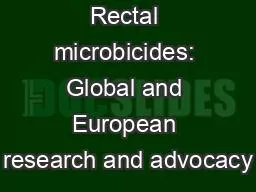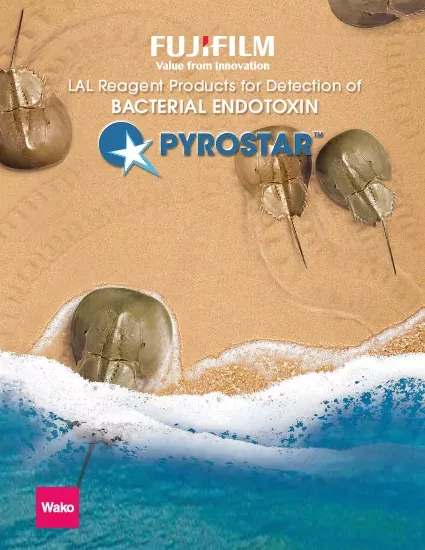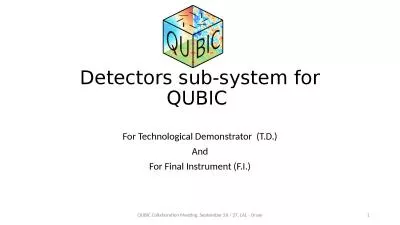PDF-For more information contactBharat Lal Seth Water Research Advocacy
Author : gelbero | Published Date : 2022-08-24
Centre for Science and Environment 41 Tughlakabad New Delhi110062 The discharge of untreated sewage and the ensuing bacterial contamination of surface water bodies
Presentation Embed Code
Download Presentation
Download Presentation The PPT/PDF document "For more information contactBharat Lal S..." is the property of its rightful owner. Permission is granted to download and print the materials on this website for personal, non-commercial use only, and to display it on your personal computer provided you do not modify the materials and that you retain all copyright notices contained in the materials. By downloading content from our website, you accept the terms of this agreement.
For more information contactBharat Lal Seth Water Research Advocacy: Transcript
Download Rules Of Document
"For more information contactBharat Lal Seth Water Research Advocacy"The content belongs to its owner. You may download and print it for personal use, without modification, and keep all copyright notices. By downloading, you agree to these terms.
Related Documents

